One of the most unique features of the Sony mirrorless platform is its ability to mount, and in many cases autofocus, almost any legacy lens. I’ve written in the past about the Techart Golden Eagle (CONTAX G) and Techart Pro (Leica M) adapters. Next up is the Fringer CONTAX N/645 Sony E mount adapter.
Contax is one of those camera brands that, years after their dissolution, still holds a place in many photographer hearts. The name dates back to 1932 when Zeiss Ikon developed a competitor to beat nascent Leica in the rangefinder era. Later, in the 70s, the brand was revived by Yashica/Kyocera (Contax was changed to CONTAX). The company developed many modern classics from the early RTS SLR cameras to the legendary CONTAX 645, G and T Systems. These were well designed, well built, feature rich cameras that were almost universally admired by photographers. As awesome as the cameras were, you could argue that the lens ecosystem was the major factor in their success. Since the 1930s, the brand has exclusively featured Carl Zeiss lenses, so in some ways, Sony has carried the CONTAX torch with their own close partnership with Zeiss. That relationship was and continues to be one of the reasons I switched from Canon to Sony several years ago.
The Fringer adapter was designed to support the final CONTAX system – the N Series which included the NX (prosumer), N1 (professional) and N Digital camera (one of the first featuring a full frame sensor). The N cameras used a totally new mount of autofocus Zeiss lenses – all supported by the Fringer adapter:
– Vario-Sonnar T* 2.8/17-35
– Vario-Sonnar T* 3.5-4.5/24-85
– Vario-Sonnar T* 3.5-5.6/28-80
– Planar T* 1.4/50
– Vario-Sonnar T* 3.5-4.5/70-200
– Vario-Sonnar T* 4.0-5.6/70-300
– Planar T* 1.4/85
– Makro-Sonnar T* 2.8/100
– Tele-Apotessar T* 4/400
Additionally, CONTAX developed their own adapter for the N-mount – the NAM-1 that allowed photographers to use lenses made for their medium format 645 system. The Fringer adapter can stack the NAM-1 to further support all of the Zeiss 645 autofocus lenses:
– Apo-Makro-Planar T* 4/120
– Distagon T* 2,8/45
– Distagon T* 3,5/35
– Distagon T* 3,5/55
– Planar T* 2/80
– Sonnar T* 2,8/140
– Sonnar T* 4/210
– Tele-Apotessar T* 4/350
– Vario-Sonnar T* 4,5/45-90
– Mutar 1,4x T* supports (Sonnar T* 2,8/140 – Sonnar T* 4/210 – Tele-Apotessar T* 4/350
Unfortunately, I don’t have a NAM-1 adapter to test, so for this review I only used the N lenses listed in bold above.
Like the Metabones and Techart adapters, the Fringer uses the on-sensor phase detect system of the Sony A9/A7II/A7rII/A6300/A6500 cameras to realize autofocus speeds similar to the native performance of the original N cameras. Most other Sony E-mount cameras will work with the Fringer with slower contrast detection AF only. Some cameras (Nex-3, Nex-C3 and Nex-5) will not support AF with the Fringer.
The Fringer is quite sophisticated, supporting full EXIF data, automatic 5-axis image stabilization, auto aperture and full manual modes, Aperture preview and the ability to update firmware via USB connection. The adapter does not support advanced Sony AF features like Eye AF or AF tracking.
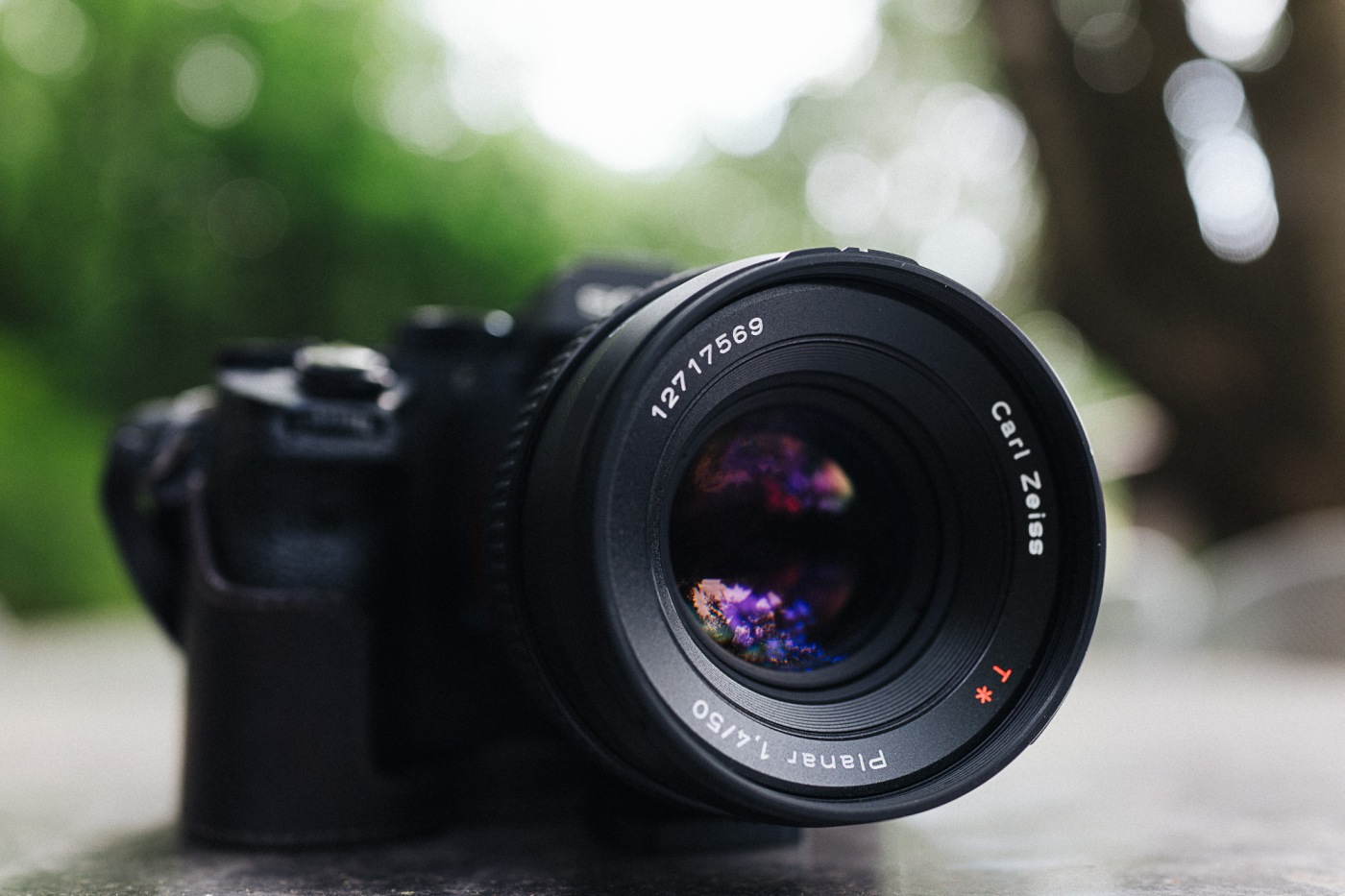
Planar T* 1.4/50 on Sony a7RII
One thing to keep in mind, autofocus speed will vary depending on the lens used. Some of the N-mount lenses will find focus quickly while others are a bit ponderous. Unfortunately, the lens I was most excited to use – the Planar 50mm 1.4 – is on the slow side. I have a CONTAX NX film body here and could confirm that AF is similarly slow on it, so the speed is not due to the adapter. But man, slow AF or not, the Planar is a winner. AF on the adapter was very accurate so at least you know you are going to have your subject in-focus, even if it takes a second or two. Compared to the modern Sony Zeiss Planar 50/1.4 for E-mount that I have been shooting (and loving) lately, the N Planar doesn’t look to have the same resolving power but resolution isn’t everything – the lens still exhibits gorgeous bokeh and beautiful color rendition. Sony shooters are swimming in good 50mm options but add the N Planar to the list.
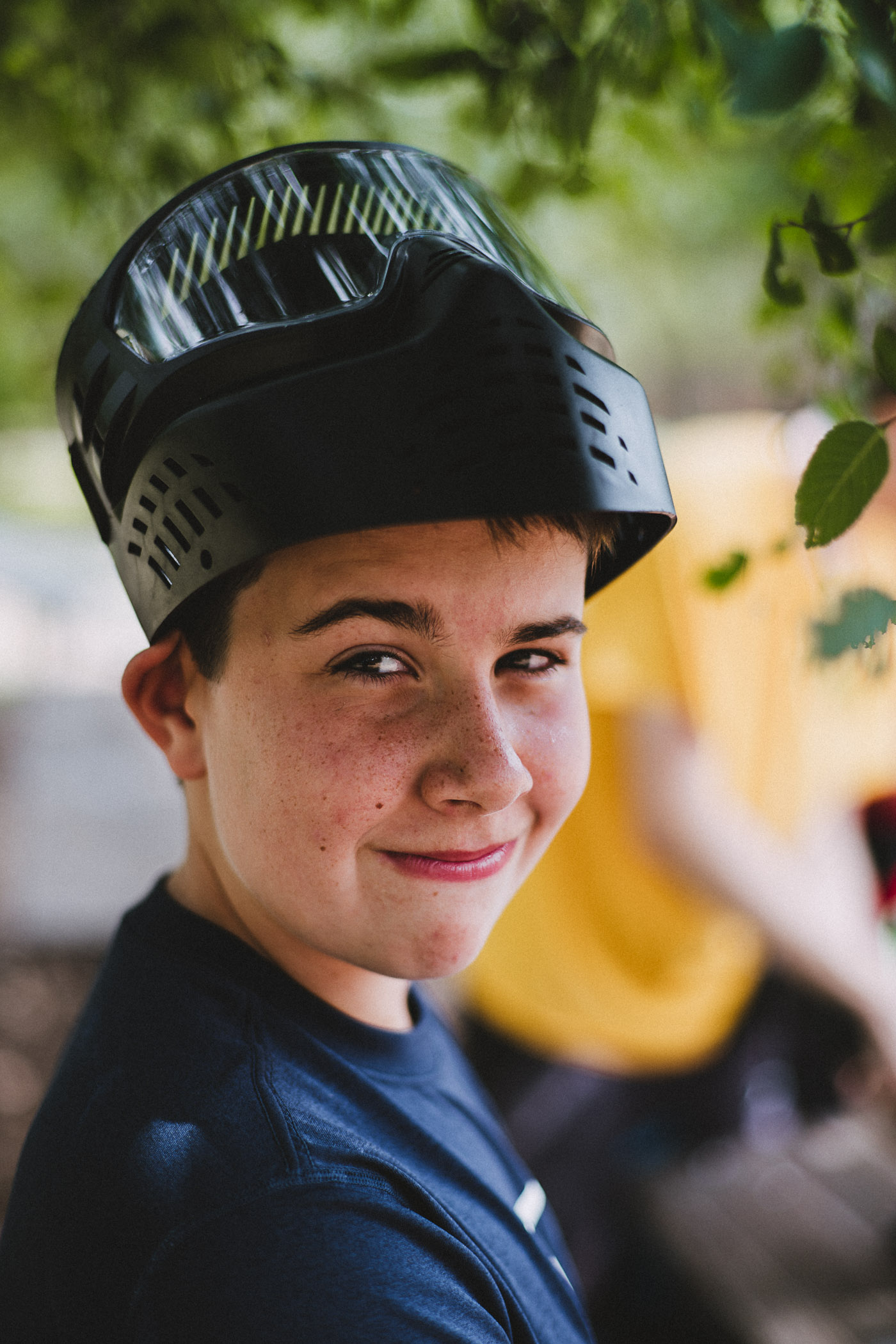
Planar T* 1.4/50 @ f/2
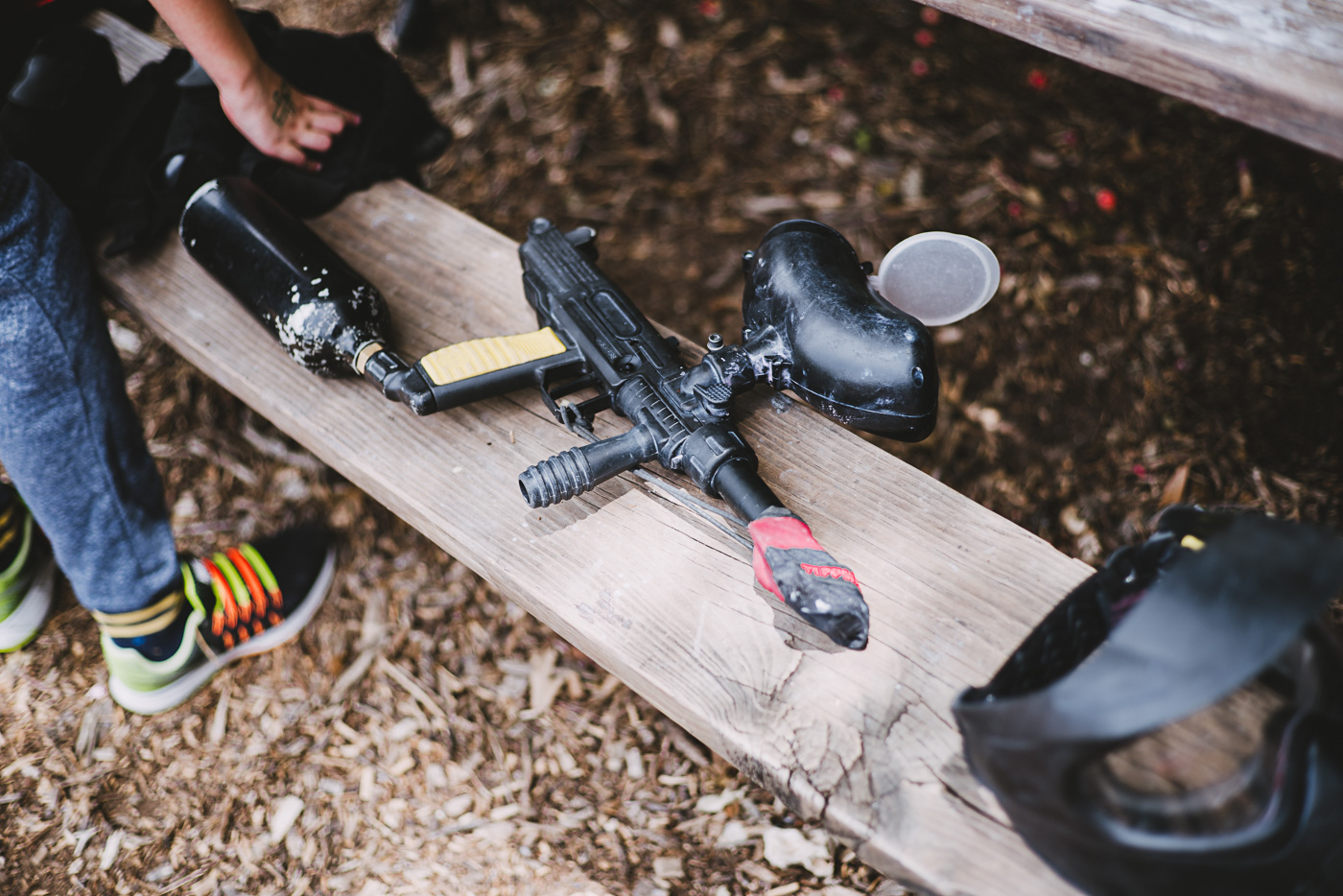
Planar T* 1.4/50 @ f/2

Planar T* 1.4/50 @ f/1.4

Planar T* 1.4/50 @ f/2

Planar T* 1.4/50 @ f/2
It would be real easy for this to turn into a review of the Contax N lens lineup because the adapter just settles into the background and does its job. Not once did the Fringer misbehave or exhibit any quirks that might suggest it isn’t ready for prime time. The whole package feels very mature and stable. Other than the loss of tracking and eye-AF, the lenses behave like a native optic with full EXIF reporting and automatic assignment of the focal length for 5-Axis Steadyshot.
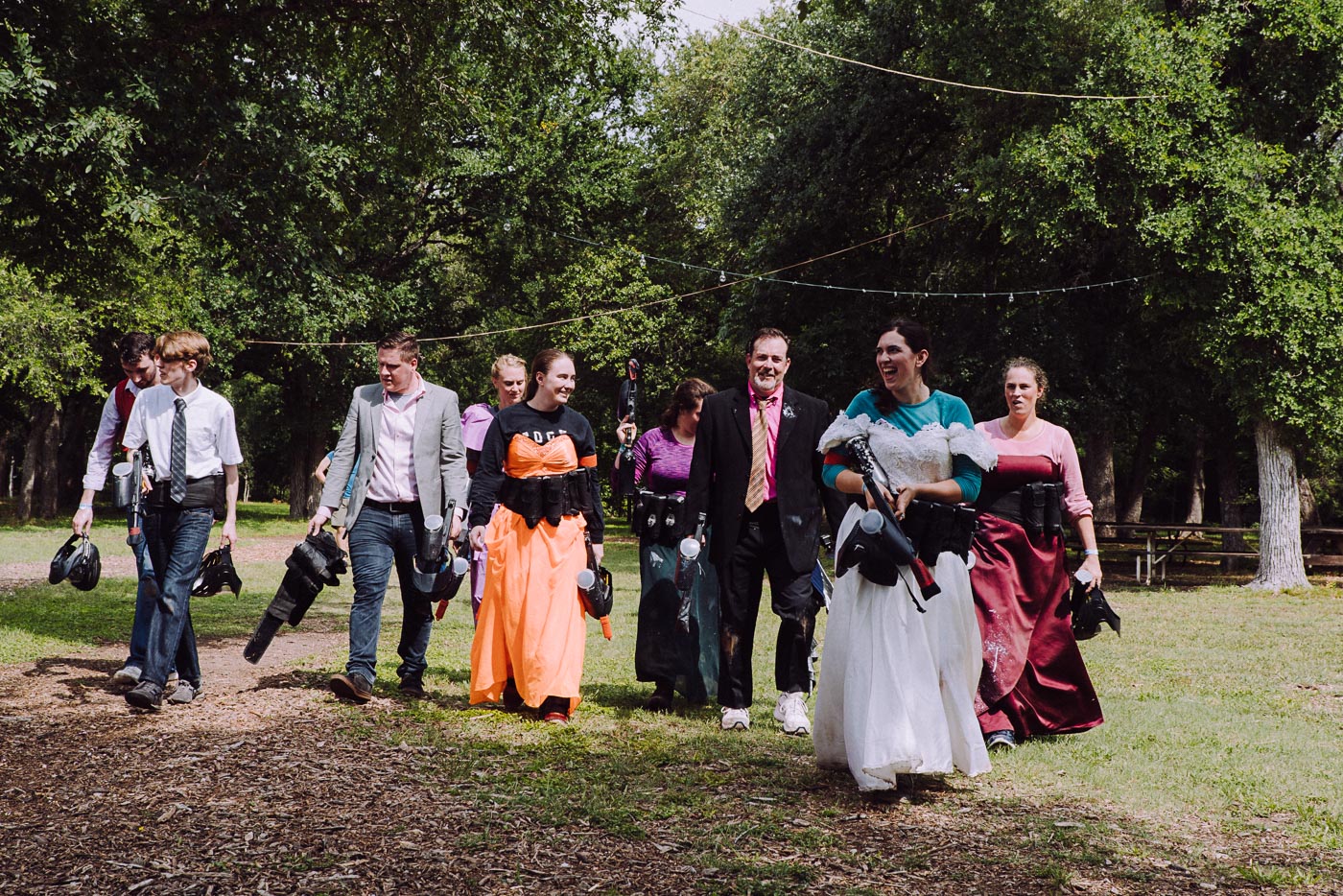
Vario-Sonnar T* 3.5-4.5/24-85 @ 41mm f/9
Aperture is controlled via two distinct modes. The first is Manual Mode and refers to manually selecting the aperture via the aperture ring found on all the N lenses. To use this mode, select the lowest aperture number on the lens ring BEFORE powering on the camera. Once powered up, the aperture ring on the lens will control the aperture.
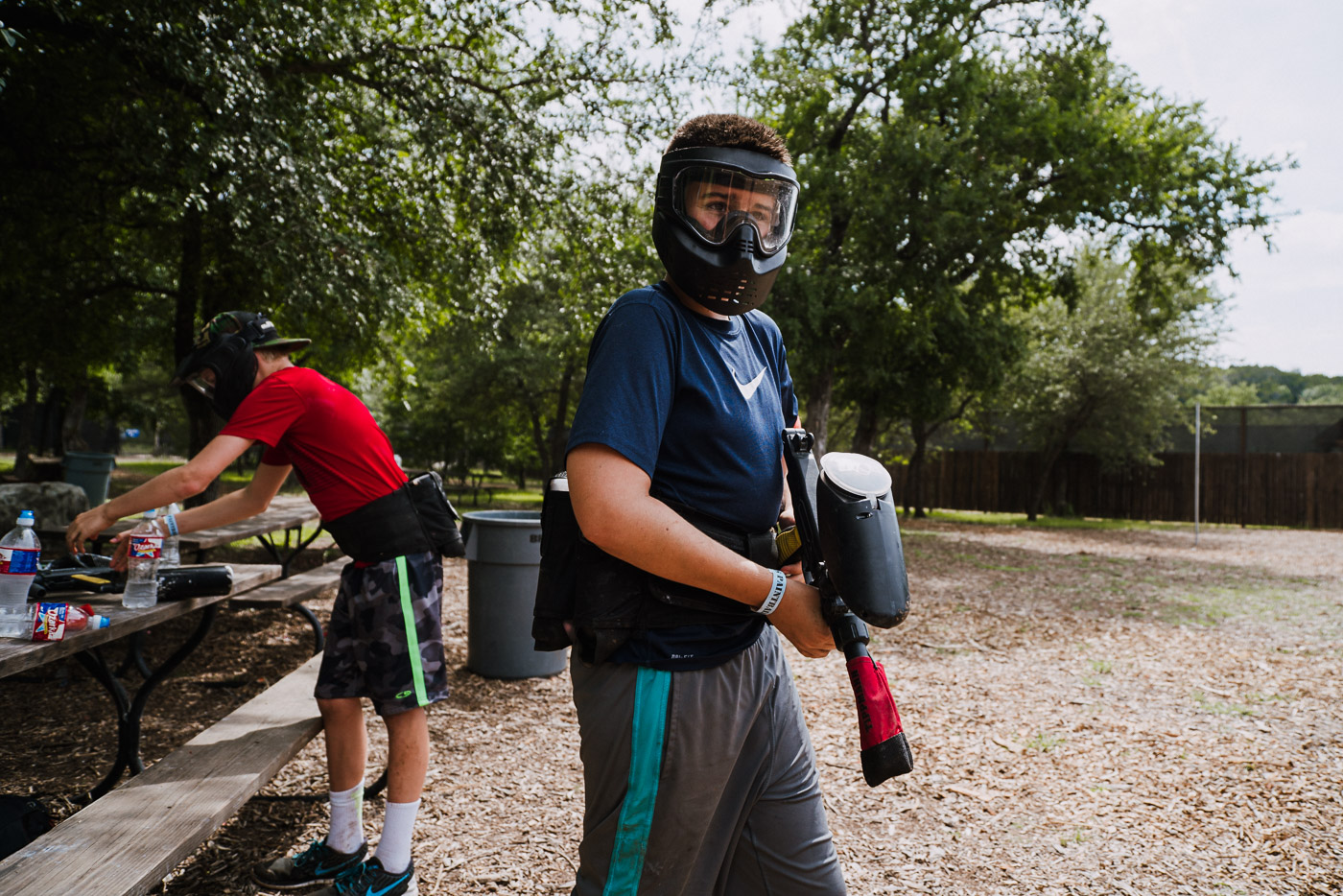
Vario-Sonnar T* 3.5-4.5/24-85 @ 24mm f/4
The second setting is called Auto Aperture and refers to controlling aperture via the control dials on the camera. To activate, set the aperture to any value other than the lowest aperture value BEFORE powering on the camera. Once powered up, your camera control dials will be used to select aperture.

Vario-Sonnar T* 3.5-4.5/24-85 @ 42mm f/4
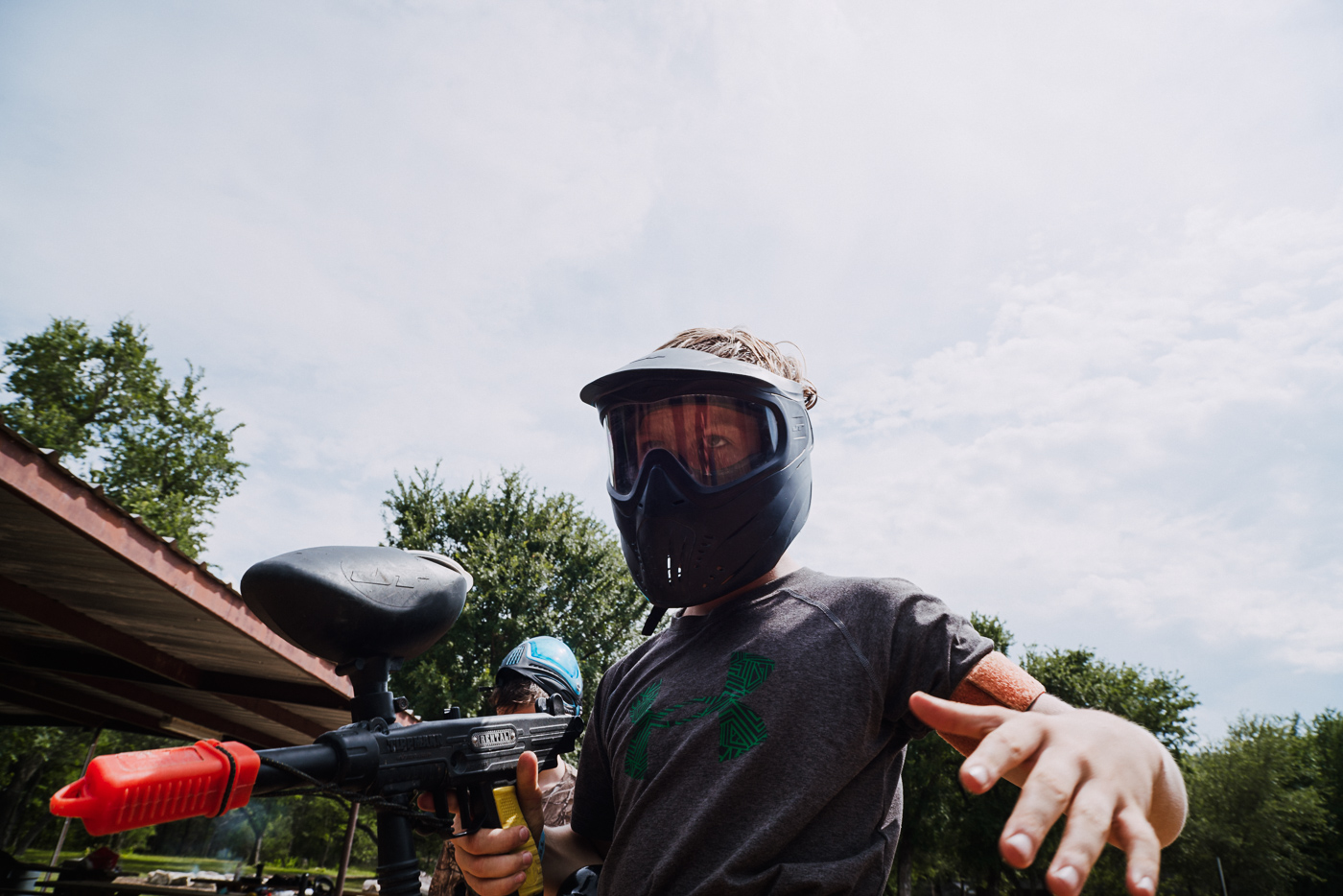
Vario-Sonnar T* 3.5-4.5/24-85 @ 24mm f/9
The Fringer controls aperture during shooting just like a traditional SLR by defaulting to the wide open setting until the shutter is tripped. On the a7 bodies, the adapter supports the Aperture Preview function which allows you to see a preview of what your image will look like at the selected aperture.

Vario-Sonnar T* 3.5-4.5/24-85 @ 85mm f/4.5
Ok, I do have to mention a couple things about the outstanding Carl Zeiss N lenses. First, the three lenses I focused on, 24-85mm, 50mm and 100mm macro, all had plenty of resolving power and seemed to perform well on the Sony a7RII sensor in the corners after they were stopped down a bit. I wouldn’t classify them at the same level as the Sony G Master 24-70, or the Sony Zeiss 50mm 1.4 Planar in terms of resolution but they do draw a very nice image. It is also clear that Zeiss designed the whole lineup to be congruent in their color rendering, which makes editing the files a joy. There’s something to be said for having a stable of lenses that have similar color performance.

Makro-Sonnar T* 2.8/100 @ f/2.8
After using the adapter for several weeks, I had to ask myself who this product is for. Does it make sense for a photographer to invest in these older N lenses as an alternative to native FE mount optics? The lenses are not bargain priced but given their relatively high performance, even by today’s standards, they do compare favorably (third to half the cost of native). If you can live with slower AF speed and loss of tracking features there is no doubt that the system could make sense.
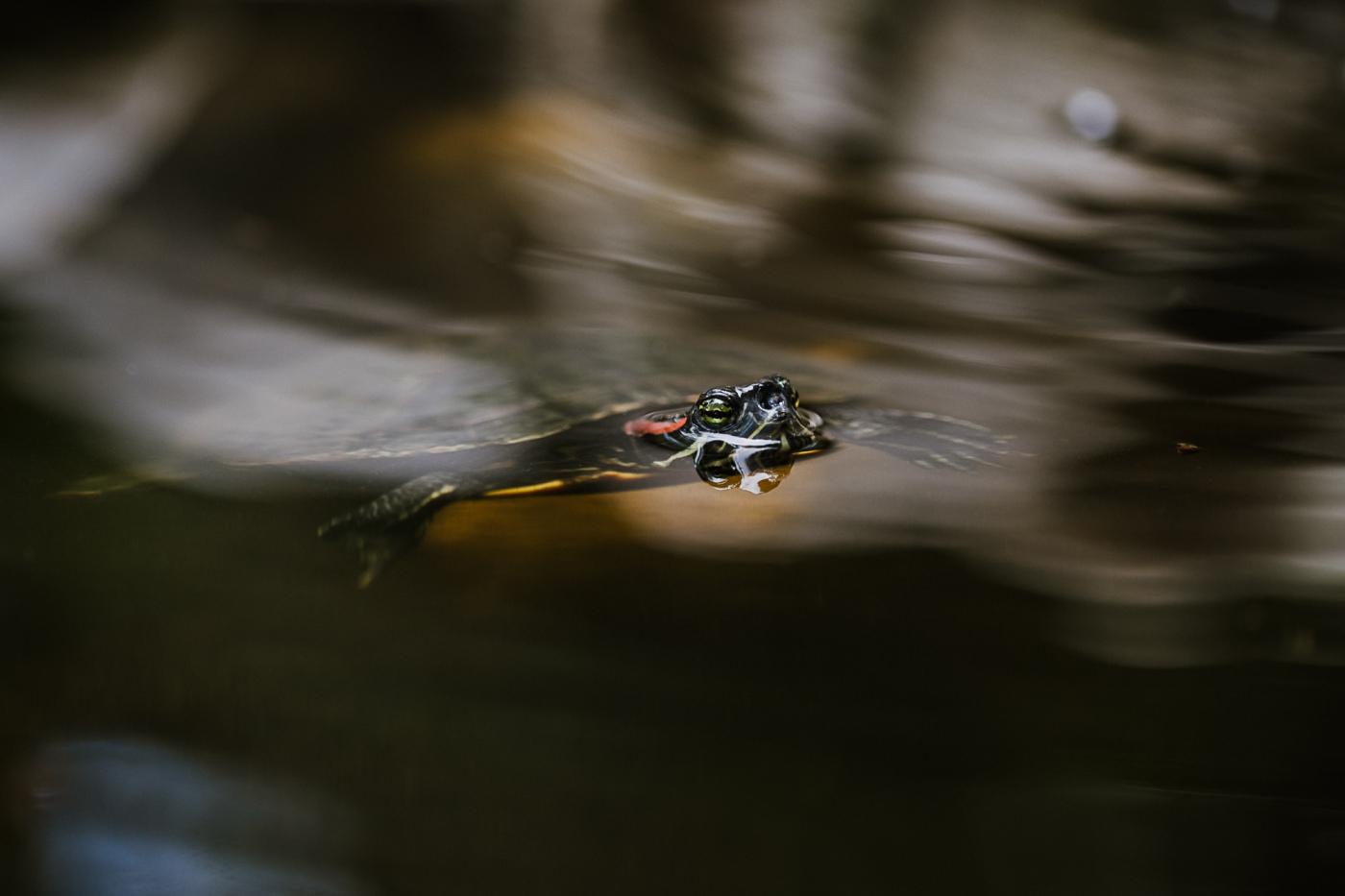
Makro-Sonnar T* 2.8/100 @ f/2.8
Stable, feature rich and enabling great classic Zeiss optics; if you happen to already have an N lens or two sitting in your cabinet, the Fringer adapter is an easy choice. Photographers are lucky to have small companies like Fringer and Techart making these unique autofocus adapters and a mirrorless platform from Sony that supports them.



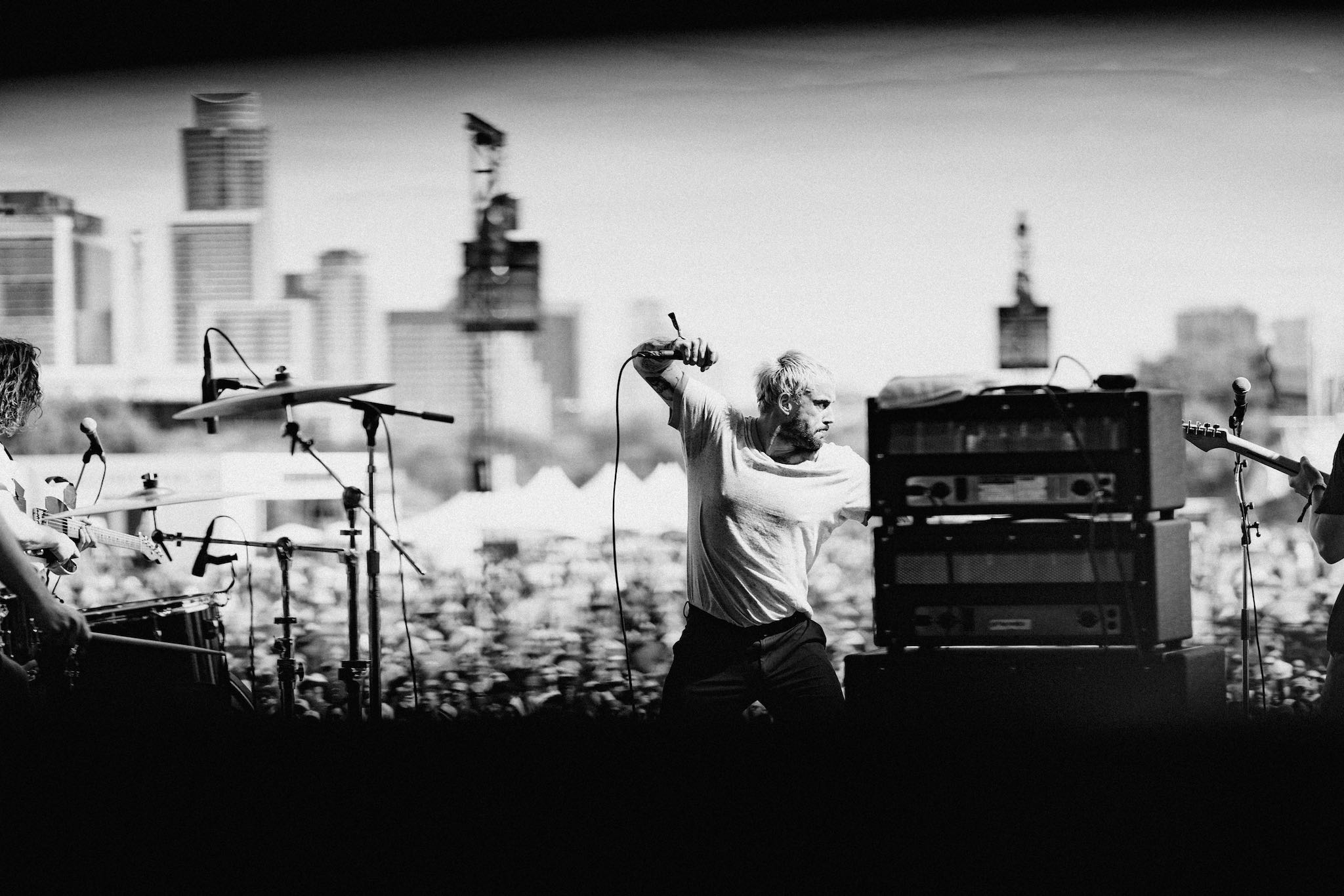
Thanks for this Chad. Have had the Fringer II for a while to use with the 70-300 but I found that lens too heavy for not enough use. Sold the lens, kept the adapter. I also had 24-70GM but that too was too heavy to cart about but I did enjoy the 28-80 (also now sold). To that end there is a 24-85 on its way from Japan and I feel better about staying on the N path for the R2. Your images from the 50 have me inspired also.
LikeLike
I see you don’t monetize your site, don’t waste your traffic,
you can earn additional cash every month because you’ve got
hi quality content. If you want to know how to make extra money, search for:
Mrdalekjd methods for $$$
LikeLike
Hi Chad, I have recently bought a Fringer (latest version) to go along a very nice, mint N24-85 I got from a local seller. The combo appears to work, but I am not sure the AF is spot on, at least judging from what I see magnified in the back screen of my A7RII (I’m in the early stages of testing). Do I have to refine focus manually, or maybe should I focus in a different spot from the center of the frame, to get the best results? I shoot RAW, and it occurred to me that the camera cannot have a profile for this lens so maybe it is crafting a somewhat incorrect embedded jpeg preview … does this even make sense?
LikeLike
Hi Massimo. None of that sounds correct. According to the product manual there is an AF adjustment mode but it is only used if you are shooting on a contrast detection camera. Since you are shooting with phase detection on the a7RII, it should lock focus with no need for adjustments. You may have a bad lens or adapter. Good luck with the diagnosis and let me know what you find.
LikeLike
Made some definite progress yesterday. I tested the lens indoor since it was raining outside, therefore the results are valid for short lens to subject distances: I will test for infinity as soon as weather permits.
I believe the turning point was selecting a Medium Focus Area instead of the Small one I was using: now the AF does not hunt anymore, and images are quite sharp to my eye, at least when I select an aperture between f/8 and f/16 – but this is fine, as I want to use the lens for my landscapes.
At 35mm there is a loss of resolution in the upper left corner up to around f/5.6-f/6.3, but by f/8 I can’t see any difference with other areas of the frame; this does not happen at other focal lengths (I tested 24-35-50-70-85mm). This may well depend on sample variation or, more likely, is due to my non-rigorous testing setup; not a big problem, anyway.
LikeLike
Great news and yes, always choose the medium sized AF point!
LikeLike
Tested the lens outside yesterday morning; all seems fine. As expected, what the lens somewhat lacks in sharpness, at least on the very demanding sensor of the A7RII, it more than makes up in character and three-dimensional rendering. You may find a sample of my results here: https://500px.com/photo/235274931
Thank you for a great article and kind support.
LikeLike
re Mssimo images. nothing wrong with those. guess you used sweep panorama mode on sony for some of them, yes? just the sort of atmospheric, subtle images I adore. congratulations.
my set-up will be A7II + 24-85N. any tips you can pass on appreciated, as your RII has similar phase detect system.eg which menu and setting for medium area focus point?
I wonder if focus tracking and face detection support will be added by fringer, one day, through new firmware updates(not at the expense of any existing performance abilities, tho, I hope).
LikeLike
Hi Allan,
I never use panorama mode, always shoot RAW only, on a tripod but sometimes I crop my images to refine the composition, and those images may appear somewhat “panoramic”.
I have the “fn” button setup so that it allows modifying the “Focus Area”, which I normally set on “S”, but set to “M” when using the Fringer +24-85N; which by the way works faultlessly and has quickly become my workhorse (adapted) lens for when I wish to travel light.
LikeLike
thanks Massimo, I am still in he familiarization stage of using the camera. not sure about your description of the ‘in ‘ button, tho. where is it located on camera (not the back button within af/mf switch, I guess?).
I echo your ‘travel light’ wish. back in the day, I ended up with a leica M film camera, with 21/28/35/50/90 lenses, small nikon ab9 flash, cable release, apare film, all in a compact olympus compartment case ‘S’. M lenses were compact, but dense in weight – a lot of brass etc. that I can have similar or even better image quality with the A7 II, spare sd card, is marvellous, with olour/moonochrome capability.
I do notice, looking at my leica photografie magazines of 1950’s-60’s-70’s, that published photos are of a lesser standard, in content, composition, atmosphere, diversity, subtleness. thelitho plates were hand-cut, I think. inspirational stuff !
it was nice to see your work…you have any more links to your work currently on the web?
thanks again and wish you happy shooting in 2018.
LikeLike
Hi Allan,
I was talking about the “Fn” button that’s right underneath the “AF/MF” switch on the back of both your A7II and my A7RII cameras.
I currently do not have a personal Web site and publish my best images on 500px; I’m currently at work on a photographer’s guide to Rome that will be one of the Snapp Guides
LikeLike
correction, re leica magazine, should read ‘ now of a lesser standard'(ie today’s standard).
additional: for landscape, the g’rossbild technik’ (linhof-large format) magazine was my favourie publication. thequality gap between 4×5″ and other formats must be closing – a good’big un’ always beats a good ‘small’un’ is becming redundant , in a praactical sense. freedom from colour casts, processing variables, with what we have today, too.
LikeLike
Massimo, will look out for your Roma guide. my experience was a sunday(and a hurried bus tour), prior to a business trip week there, in 1981 I am in Locarno CH, you have got me thinking……
figured out customing fn button. good advice.after initial reservations, I think I made a good choice. think 50 asa highly usable. overall lightness, compactness /performance advantage, was apparent from the start. deciding on the best standard ‘set’ of settings is perplexing, for unplanned, opportunistic shots. keeping mainly to the N 24-85 will simplify things, however. keeping a second camera, for such photos, probably best, long-term.
LikeLike
?for Massimo, not sure of you will ever see this. but recently added 70-200 N lens
came with a nice metal hood. compact for FL.
it has very similar character to 24-85. works well with the fringer.
when will your Rome guide be out?
Best, Allan
LikeLike
Hi Allan, I’ve been out of town for a short vacation, and while there I received news from the SNAPP Guides people that I could download a near-final version of my Rome guide for review; will do so this evening after I come home from work, and it will likely be available for purchase in a few more days. I completed the guide in mid April but the team was already busy with a few other guides, so they took a while 🙂
If and when you decide to give it a try, please let me know what you think of my effort!
Best wishes,
Massimo
LikeLike
Hi Massimo,
I have, in the past never used photo guides, fearing they are formulaic, I guess.
but as visits must have a finite, usually shortish duration, I stand corrected.
two things, your love of Rome, shines through, in your photos.
living in the city, has afforded you multiple opportunities, to choose the best time of day, for a given perspective. for example, the Coleseum has been captured so well. not easy, as I think you indicated you had other work to do. if you are ever in vaciity of Locarno, it would be great to meet,chat, share.
best wishes
Allan
LikeLike
Hi,I check your new stuff named “More Sony autofocus magic: CONTAX N Lenses with the Fringer adapter – Chad Wadsworth | Photographer” on a regular basis.Your story-telling style is witty, keep up the good work! And you can look our website about proxy list.
LikeLike
Hi Chad, Thanks very much for the info. I was looking to get a Contax N adaptor for Sony A7M3 but didn’t find too much info. Does the Fringer work fine with the Contax N 70-300? How’s the focusing performance?
LikeLike